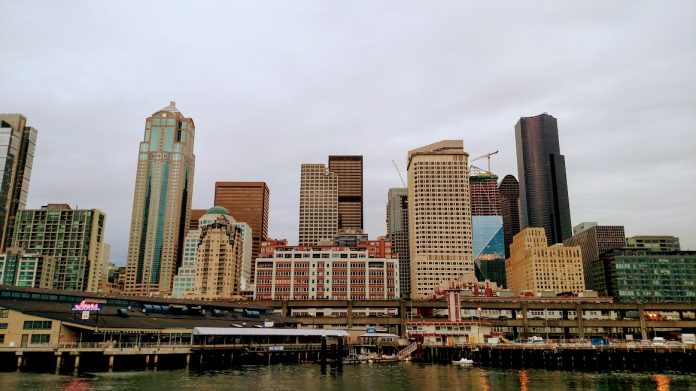During his State of the City speech, Mayor Murray mentioned that 67 people per day moved to Seattle in 2016. If accurate, that would suggest Seattle’s population grew by 24,455 people in 2016. Now since Seattle’s population was already estimated at 686,800 as of April 1, 2016, it’d be safe to extrapolate that Seattle crossed the 700,000 mark at some point in late 2016.
Crossing the 700,000 mark may not seem like a big deal to folks who aren’t density fans, but I’d argue it’s cause for celebration. The 2010 Census pegged Seattle at just 608,660, meaning we’ve grown by nearly 100,000 new people in just six years. That’s a lucky thing considering how fast our economy has grown. And for the density folks, that means Seattle’s density is now around 8,350 residents per square mile, meaning we likely passed the city of Los Angeles in density while we were at it.
If Seattle didn’t make room for those people, then many more folks were likely to settle in outer suburbs leading to worsening traffic, pollution, and climate impacts. Or alternatively, our lack of housing and even worse housing price spikes may have driven that economic growth away from our region. Either outcome–increased suburban sprawl or a stalled economic engine–is not great for our city. So, fortunately, Seattle was able to welcome more people.
Of course there’s also the question: Did we grow our housing stock enough? Even setting a record for new units in 2015, prices still increased staggeringly. In July 2016, Mike Rosenberg reported on Zillow data that showed Seattle leading the nation in rent increases for the past year:
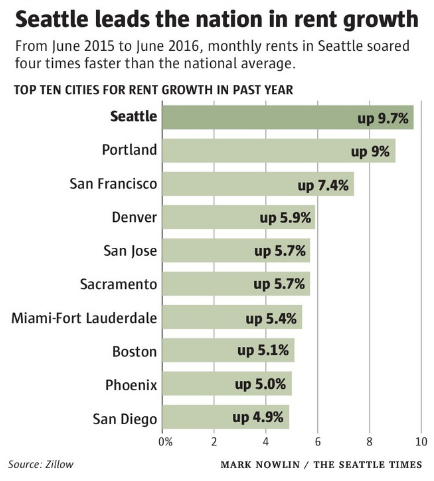
For the first time this decade, rents in the Seattle area are soaring faster than in any other big city in the country.
The dubious landmark, to be unveiled in a Zillow report Friday, is the latest pain point for renters who have seen their average monthly costs soar nearly $500 in the last four years while incomes largely failed to keep pace.
The typical monthly rent in the Seattle metro area surpassed $2,000 for the first time this spring and is up 9.7 percent in the past year–growing at nearly four times the national average, Zillow’s data shows. That’s more than second-place Portland (up 9 percent), and third-place San Francisco (up 7.4 percent).
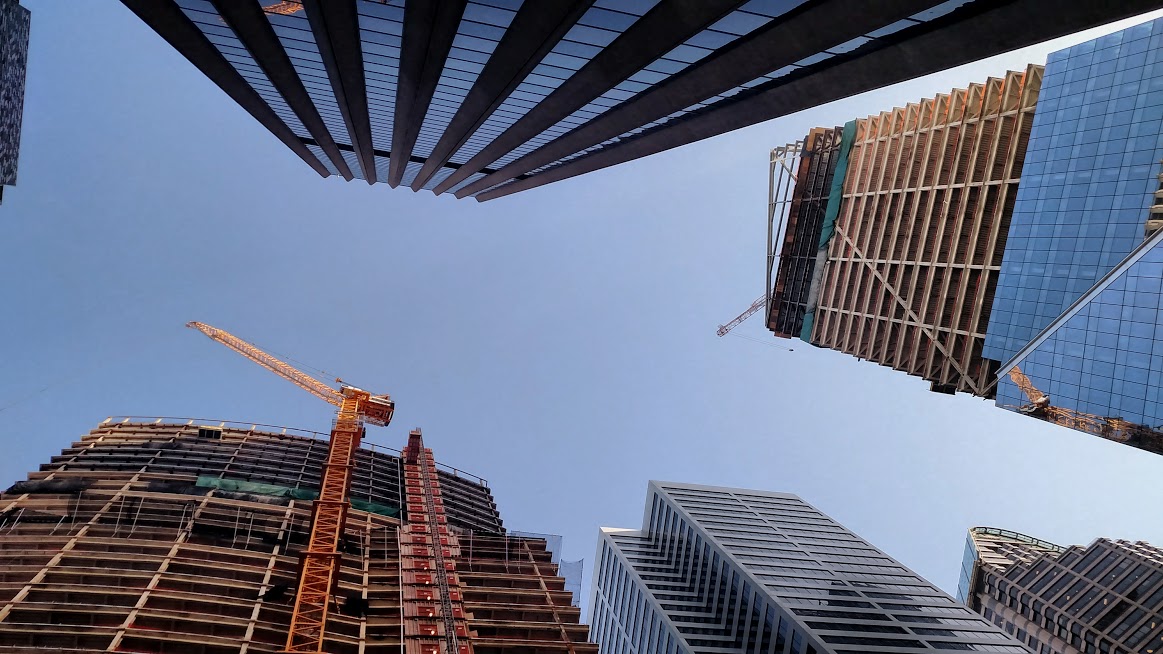
Housing supply tends to lag behind housing demand; it could be in the coming years supply finally approaches demand. About 10,000 apartments are set to open in 2017, and more than 12,000 more are slotted for 2018. At the very least, with record-setting apartment growth expected, we have ample reason to expect the population growth trend to continue. Since King County averages 1.8 people per apartment, we could see growth in excess of 20,000 per year continue a bit longer if those expected apartments are filled.
Another takeaway of hitting 700,000 so soon is that growth projections have been woefully low and need to be updated. Seattle Office of Planning and Community Development has still been citing a 725,000 forecast for the year 2035. That’s 18 years from now. We could conceivably hit 725,000 next year at our current pace. This is one reason why when neighborhood advocates say ‘we are already hitting our growth targets’ they largely miss the point. The growth targets we set turned out to be too low, and, anyway, were never meant to indicate a development stopping point so much as a planning tool. Too much growth in far-flung suburbs on the edge of the Urban Growth Area might indicate a problem; the distance between housing centers and job centers is a major driver of regional traffic congestion. But Seattle is the best equipped place in the whole region to handle the growth, and so it should.
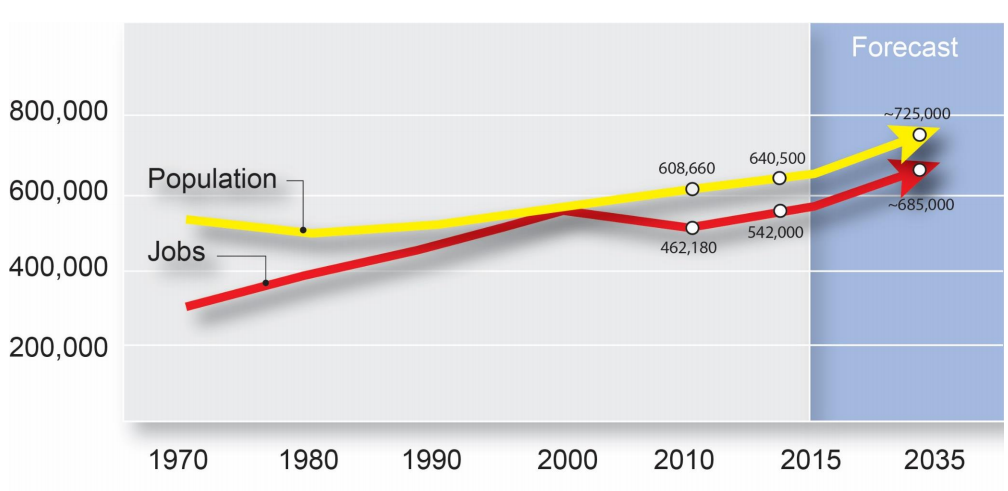
The growth rates of wider King County might suggest Seattle is doing a decent job growing units relative to its suburbs. In fact, nearly half the new people moving to King County were accommodated in Seattle. We’d certainly like to see transit-oriented growth in surrounding cities too as East Link, Lynnwood Link, and Federal Way Link go online, and many of the connected cities are planning for it (see Lynnwood’s plan here). Thanks to these investments, we will have the transit system to readily facilitate the growth.
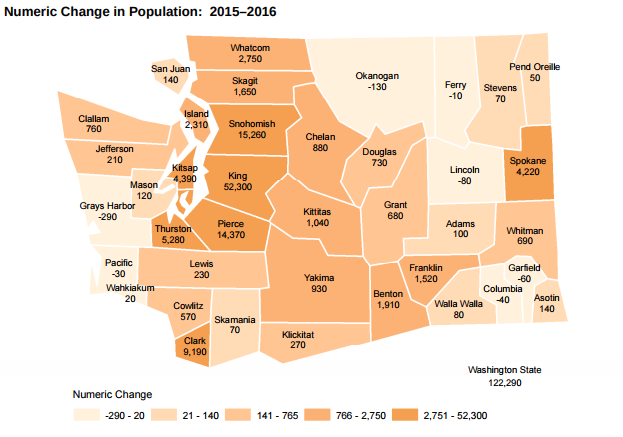
But for now let’s take a moment to celebrate our success: We’ve more than likely crossed the 700,000 mark. Moreover, on Tuesday we passed the U District Rezone not only clearing the way for denser growth, but also more equitable growth thanks to the inclusionary zoning policy known here as Mandatory Housing Affordability (MHA). Let’s pass more MHA rezones to help add more housing, both market-rate and rent-restricted through inclusionary zoning.
A First Look At The Downtown And South Lake Union MHA Rezones
Doug Trumm is publisher of The Urbanist. An Urbanist writer since 2015, he dreams of pedestrian streets, bus lanes, and a mass-timber building spree to end our housing crisis. He graduated from the Evans School of Public Policy and Governance at the University of Washington in 2019. He lives in Seattle's Fremont neighborhood and loves to explore the city by foot and by bike.

